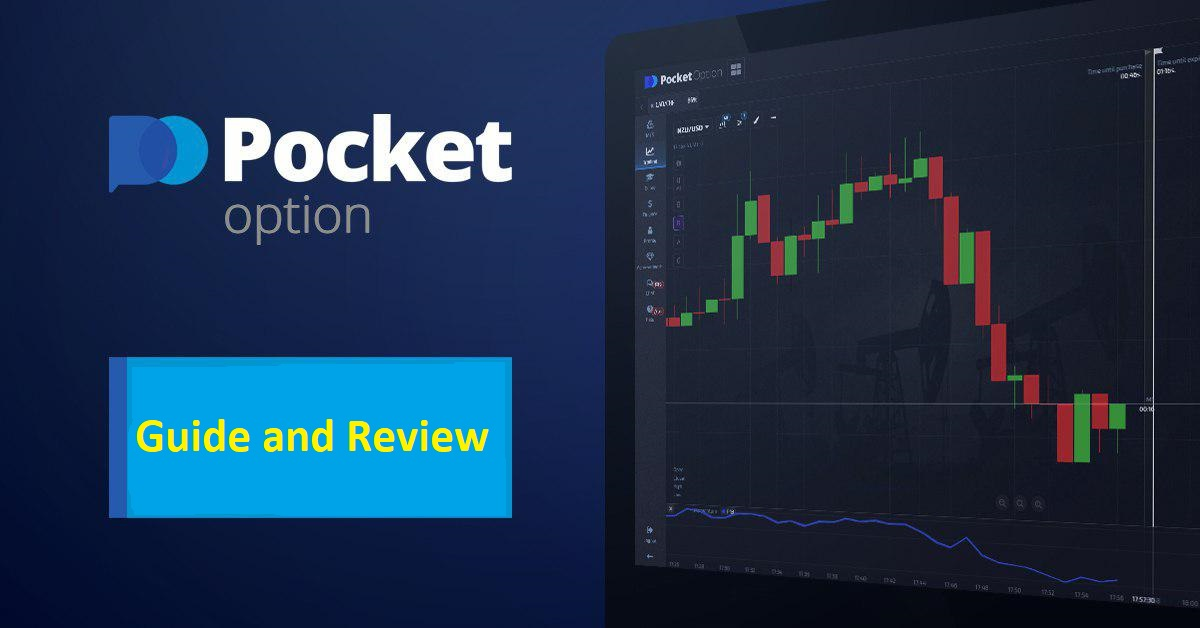
Mastering the Keltner Channel Indicator Pocket Option: A Comprehensive Guide
In the world of trading, indicators play a crucial role in making informed decisions. Among these indicators, the Keltner Channel Indicator Pocket Option https://trading-pocketoption.com/trendovyj-indikator-kanal-keltnera/ stands out as a favorite for both novice and experienced traders alike. In this article, we will delve deep into the functionalities and applications of the Keltner Channel Indicator on the Pocket Option platform.
The Keltner Channel is a volatility-based envelope set above and below an exponential moving average (EMA). The channels are typically calculated using the Average True Range (ATR), which allows traders to gauge market volatility and identify potential price trends. Understanding how to effectively utilize this tool can enhance your trading strategy significantly.
What is the Keltner Channel Indicator?
The Keltner Channel Indicator was developed by Chester Keltner in the 1960s. This indicator consists of three lines:
- The middle line is an EMA (often 20-period).
- The upper line is the EMA plus a multiple of the ATR.
- The lower line is the EMA minus a multiple of the ATR.
This arrangement helps traders to visualize the price movement relative to the average price as well as market volatility.

How to Calculate the Keltner Channel
To calculate the Keltner Channel, you can follow these steps:
- Calculate the 20-period EMA of the asset’s closing prices.
- Calculate the Average True Range (ATR) over the same period.
- Set the upper channel line as the EMA + (ATR * multiplier).
- Set the lower channel line as the EMA – (ATR * multiplier).
The multiplier is typically set to 1.5, but traders can adjust this based on their trading strategy and the volatility of the asset.
How to Use the Keltner Channel for Trading
The Keltner Channel can serve several purposes in your trading strategy. Here are some common approaches:
- Trend Identification: When the price consistently touches the upper channel, it suggests a strong upward trend, while consistent touches of the lower channel indicate a downward trend.
- Entry and Exit Signals: Traders often look for price retracements towards the midline (EMA) as potential entry points in the direction of the trend. Exiting positions can be done when the price reaches the upper or lower channel line.
- Volatility Squeeze: A squeeze occurs when the channels narrow, signaling a potential increase in volatility and a strong price movement. This is often viewed as a breakout opportunity.
Advantages of Using the Keltner Channel Indicator
There are several advantages to incorporating the Keltner Channel Indicator into your trading routine:
- Visual Representation: The Keltner Channel provides a clear visual representation of price movement and volatility, aiding in the identification of trends.
- Versatility: This indicator can be used across various asset classes, including stocks, forex, and cryptocurrencies, making it a valuable tool for diversified traders.
- Easy to Interpret: The simplicity of the Keltner Channel allows traders of all experience levels to utilize it effectively without a steep learning curve.

Limitations of the Keltner Channel Indicator
While the Keltner Channel is a powerful tool, it is essential to be aware of its limitations:
- Lagging Indicator: Since it is based on moving averages, the Keltner Channel is inherently a lagging indicator and may not react quickly to sudden market changes.
- False Signals: In highly volatile markets, the indicator may generate false signals, leading to premature entry or exit points.
Integrating Keltner Channel with Other Indicators
For enhanced effectiveness, many traders combine the Keltner Channel with other indicators. Here are some commonly paired indicators:
- Relative Strength Index (RSI): Combining the Keltner Channel with RSI can help confirm overbought or oversold conditions, aiding in entry and exit decisions.
- Volume Indicators: Volume can validate price movements indicated by the Keltner Channel, providing further confirmation of momentum.
- Bollinger Bands: Using the Keltner Channel alongside Bollinger Bands can offer a broader view of market conditions, as both indicators provide insights on volatility.
Conclusion
The Keltner Channel Indicator on Pocket Option serves as an invaluable tool for traders aiming to improve their market analysis and decision-making processes. By understanding its components, functionality, and trading strategies, you can effectively utilize this indicator to navigate the complex world of trading. Remember to always combine this tool with other indicators and sound risk management practices for the best results. Through practice and experience, you can master the Keltner Channel Indicator and elevate your trading game on the Pocket Option platform.
